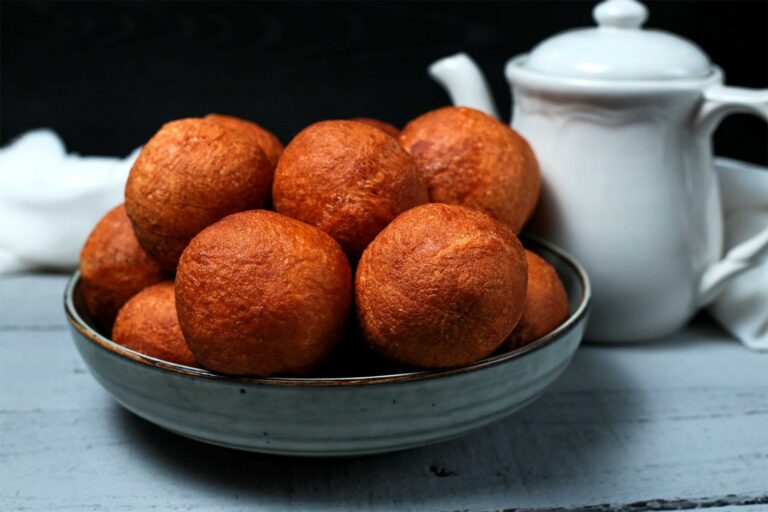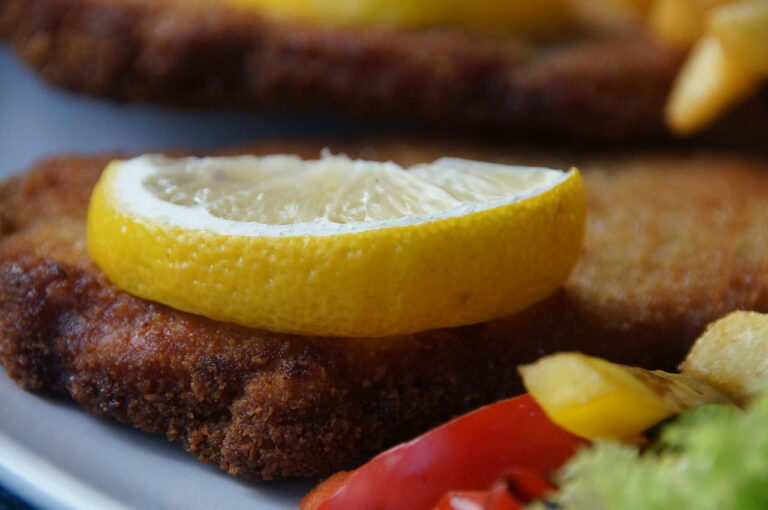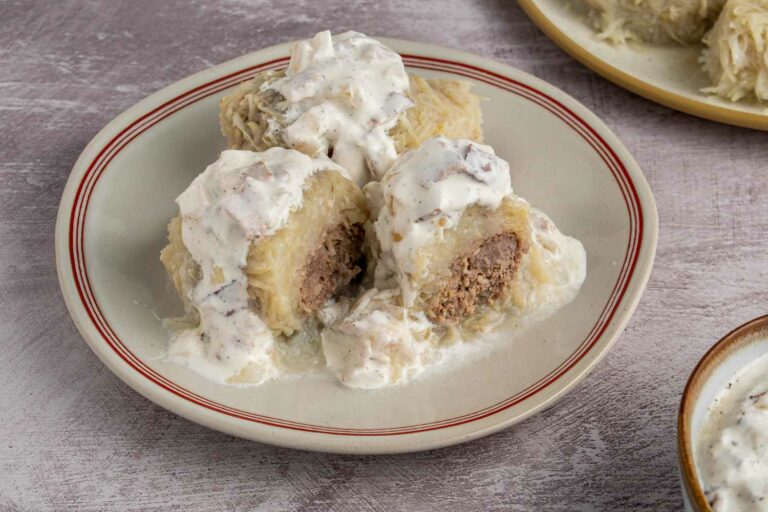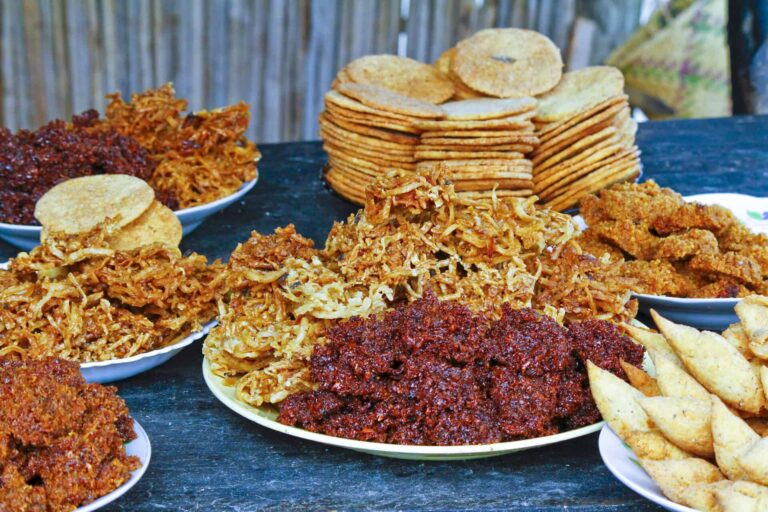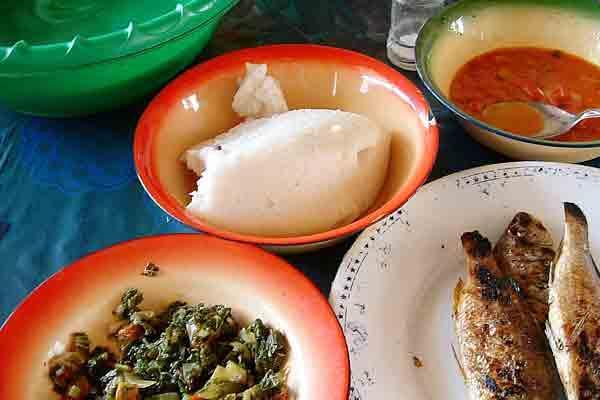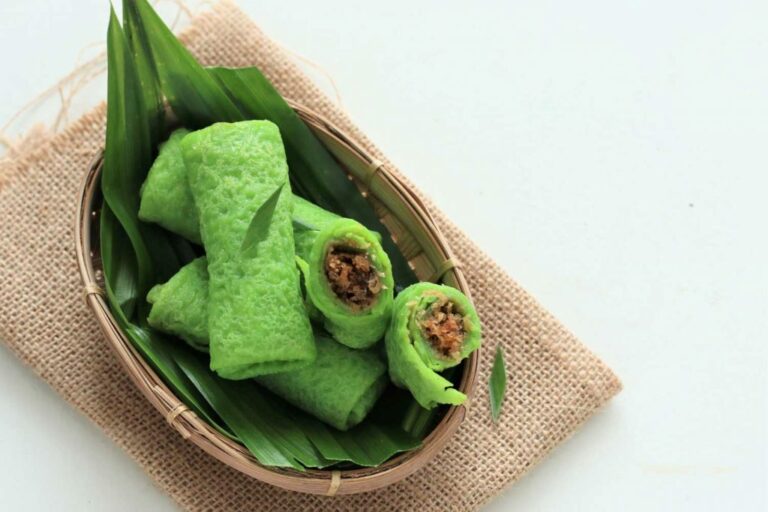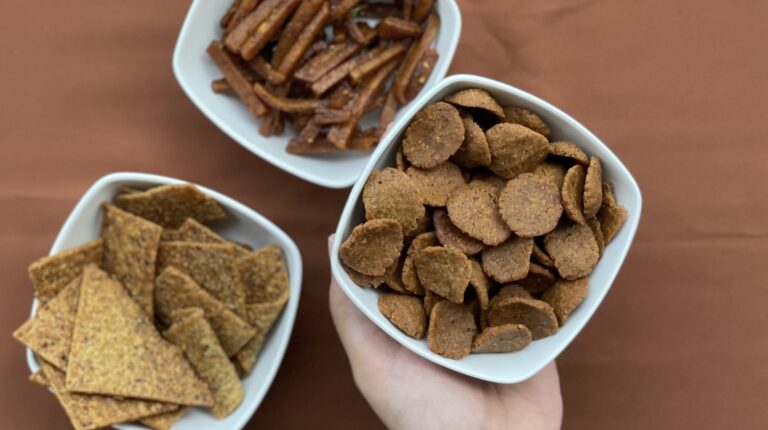Introduction: Liberian Cuisine
Liberian cuisine is a blend of diverse African and European influences, making it unique and flavorful. The cuisine of Liberia is characterized by its use of starchy foods, vegetables, and tropical fruits. Some of the most common ingredients used in Liberian cuisine include cassava, plantains, yams, okra, and various types of meat, such as beef, goat, and fish.
Fufu and Soup: A Classic Liberian Dish
Fufu and soup is a classic Liberian dish that is enjoyed across the country. Fufu is a starchy staple that is made by pounding boiled yams, cassava, or plantains into a sticky paste. The soup is typically made with a variety of vegetables, meat, and seafood, and is often flavored with spices and herbs. Some of the most popular soups used in Liberian cuisine include pepper soup, cassava leaf soup, and palm butter soup.
Cassava Leaves: A Unique Appetizer
Cassava leaves are a unique and flavorful appetizer that is popular in Liberian cuisine. Cassava leaves are cooked with onions, garlic, and palm oil, and are often served with rice or fufu. The leaves have a slightly bitter taste, but are balanced with the rich and savory flavors of the soup. Cassava leaves are also used in other dishes, such as stews and curries.
Jollof Rice: A Popular Liberian Staple
Jollof rice is a popular Liberian staple that is enjoyed throughout West Africa. The dish is made by cooking rice in a tomato-based sauce with onions, peppers, and spices. Jollof rice is often served with grilled or fried meat, such as chicken or beef. The dish is hearty and flavorful, making it a favorite among Liberians and tourists alike.
Pepper Soup: A Spicy and Rich Soup
Pepper soup is a spicy and rich soup that is commonly served as an appetizer or side dish in Liberian cuisine. The soup is made with a variety of meats, such as goat or chicken, and is flavored with a blend of spices and herbs, including ginger, garlic, and chili peppers. Pepper soup is often served hot and is considered a comfort food in Liberia.
Kala: A Sweet and Crunchy Snack
Kala is a sweet and crunchy snack that is popular in Liberian cuisine. The snack is made from a blend of flour, sugar, and spices, which are mixed together and deep-fried until crispy and golden brown. Kala is often served as a dessert or as a side dish with tea or coffee. The snack is both sweet and savory, making it a favorite among Liberians and visitors alike.


